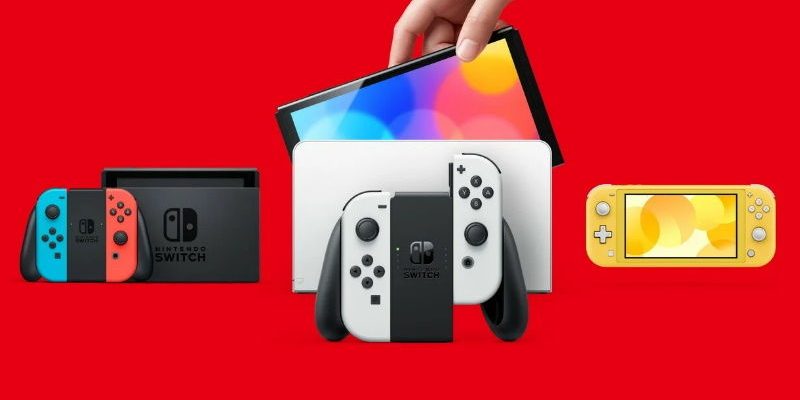Considering the Nintendo Switch 2 specs, we can expect something beyond what we have on Steam Deck.
We expect the long-awaited and rumored successor to the Nintendo Switch to be finally announced by Nintendo later this year. Although it may not seem like it, information leaked from NVIDIA documents and spread by reliable sources Nintendo Switch 2 specificationsallowed us to learn a lot about the device technically.
Thanks to all this, it was possible to put together a general outline of what we can expect in terms of technical characteristics of the new system.
Nintendo Switch 2 Technical Specifications
- SoC – NVIDIA Tegra 239 (Codename Drake)
- Lithography: 4N from TSMC
- CPU – 8-core A78C @??? GHz
- GPU – GA10F/12 SMs Ampere (derived from NVIDIA RTX 3000 series)
- Deployed Performance: 3.5~4.5 TFLOPs
- Portable Performance: 1.7~2 TFLOPs
- RAM – 12~16 GB in LPDDR5/X
- Dock Performance: Probably 102 GB/s
- Portable Performance: Possibly Drop to 88 GB/s
- Cache – Existence of SysLC is unknown. However, Tegra GPUs can access the CPU Cache to optimize themselves.
- Display – 8 inches @ 1080p (60 Hz) on LCD
- Internal Storage – 256~512 GB, likely candidate for read/write technology is UFS 3.X.
- Cartridges – Unknown, but 3D-NAND is an option for a significant area increase in favor of lowering costs compared to current cartridges.
- Extended Storage – Unknown
- Battery – Unknown
The above specs, if achieved, even without the throughput per clock, will allow the system to outperform Valve’s Steam Deck and guarantee gaming performance beyond what NVIDIA GeForce RTX 3000 cards with DLSS, Reflex and Ray Reconstruction technologies offer.
The 8-inch screen will allow the resolution in portable mode to increase from the current console’s HD (720p) to 1080p (Full HD) on the new system.
The 512GB of internal storage is a great way for the company to handle current-gen releases on the system, as there are many demanding games with much higher quality textures than games on the current Nintendo Switch. However, it is worth remembering that this is the ceiling for the expected size and the company may opt for an “entry-level” device with 256 GB.
The potential use of 3D NAND as a technology in new cartridges could allow much larger sizes to be offered to broadcasters without sacrificing cost. Today, companies almost never use cartridges with 32 GB of internal space due to the high price charged by Nintendo – but in the future these cartridges can reach sizes up to 500 GB with almost no difficulty and at a much lower price than the prices currently charged by the Kyoto company.
